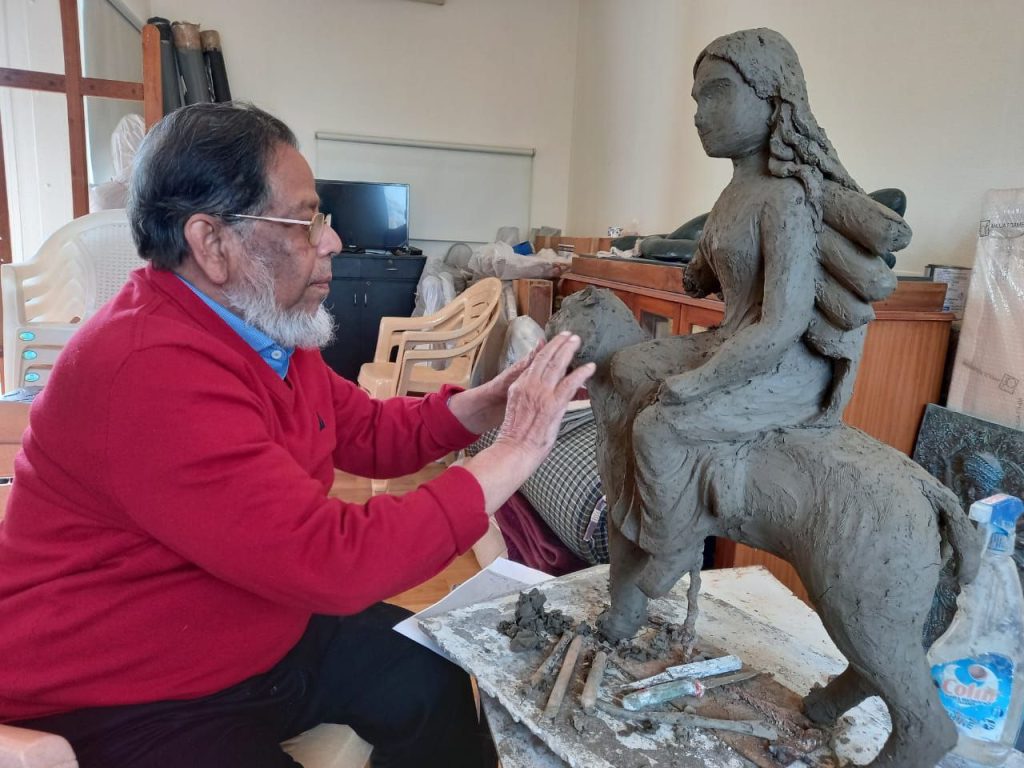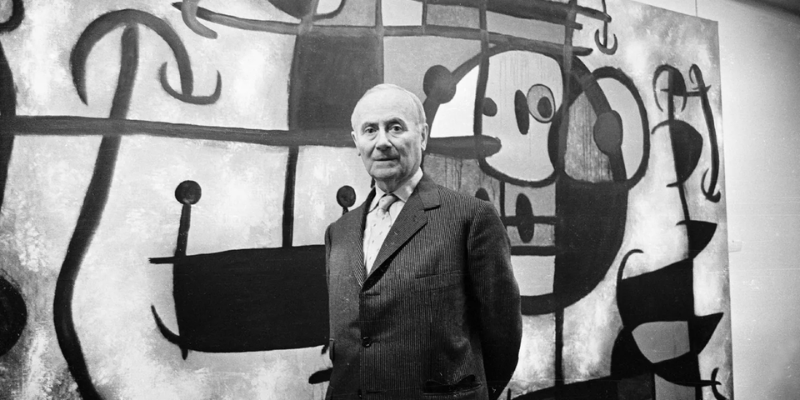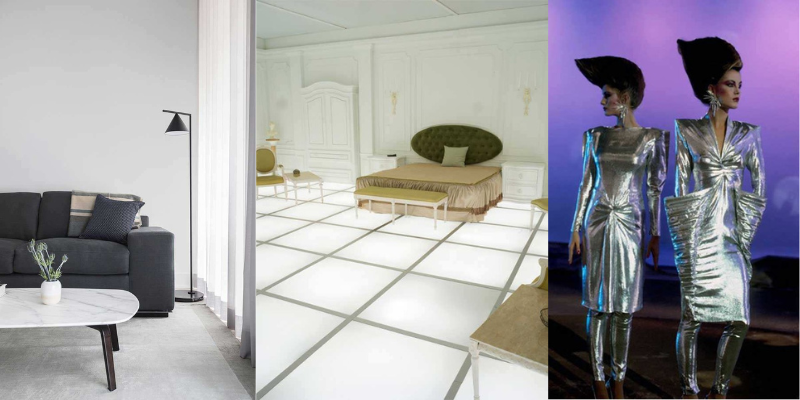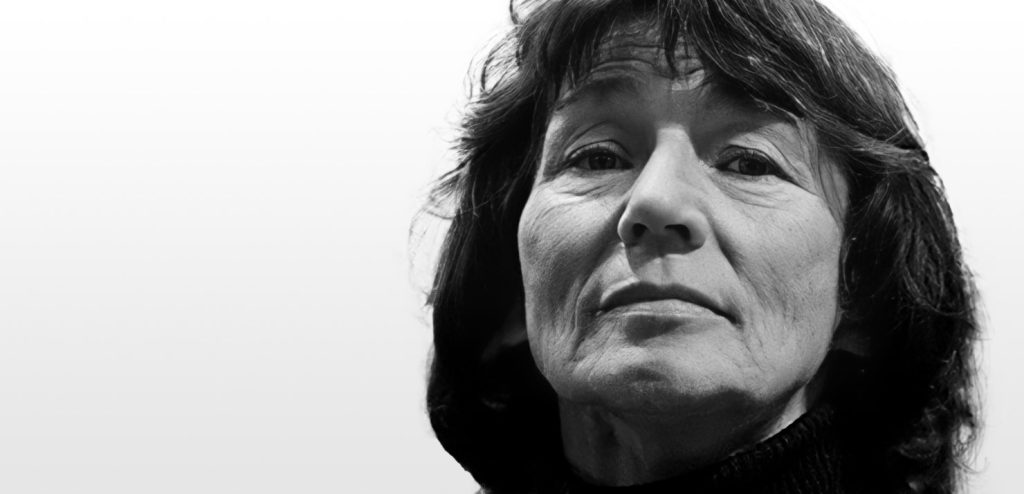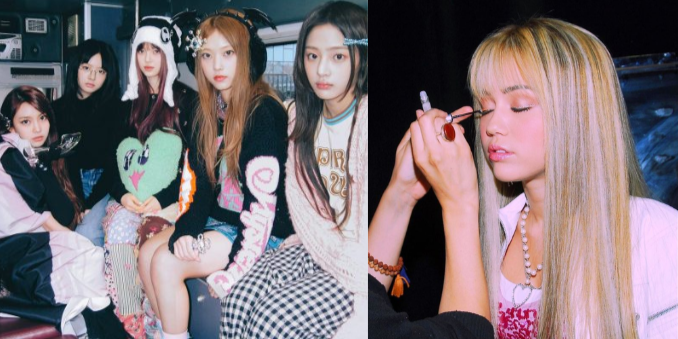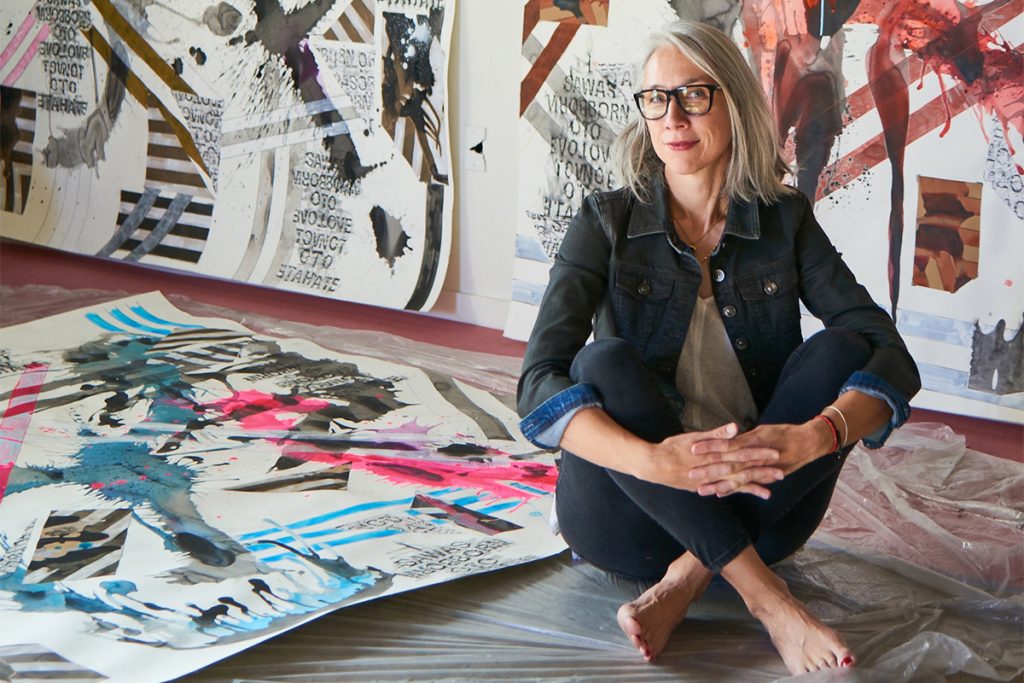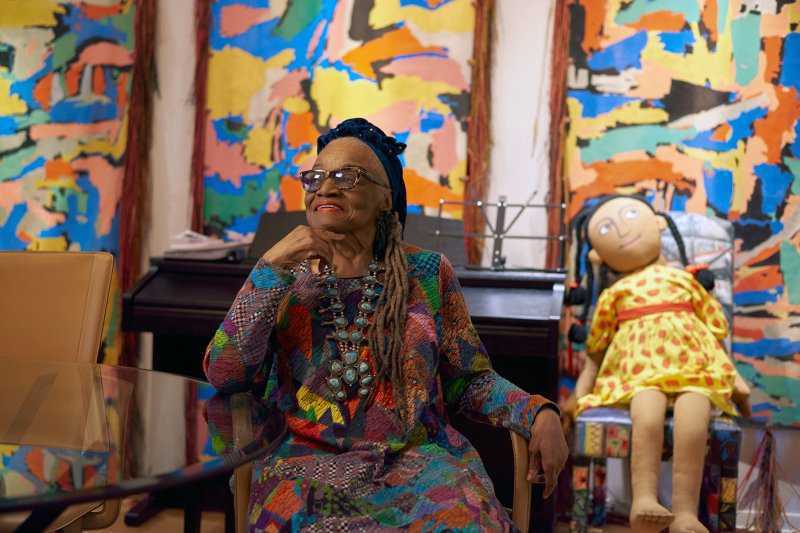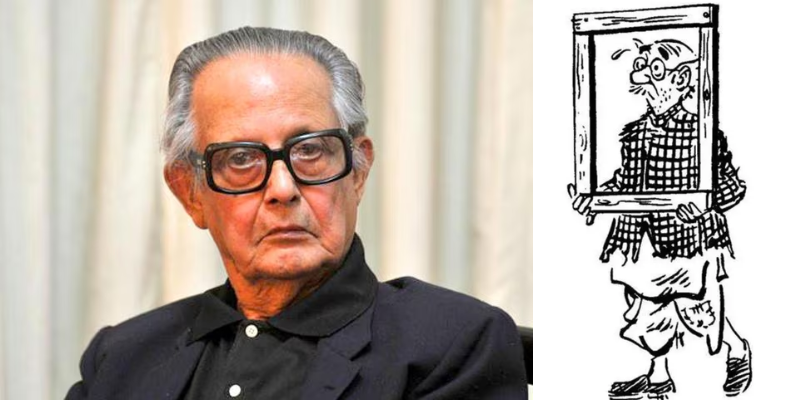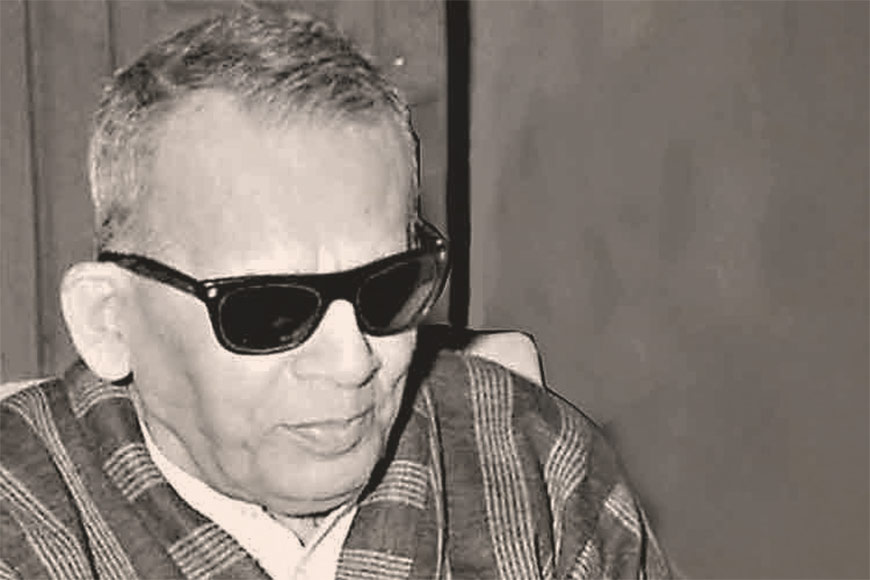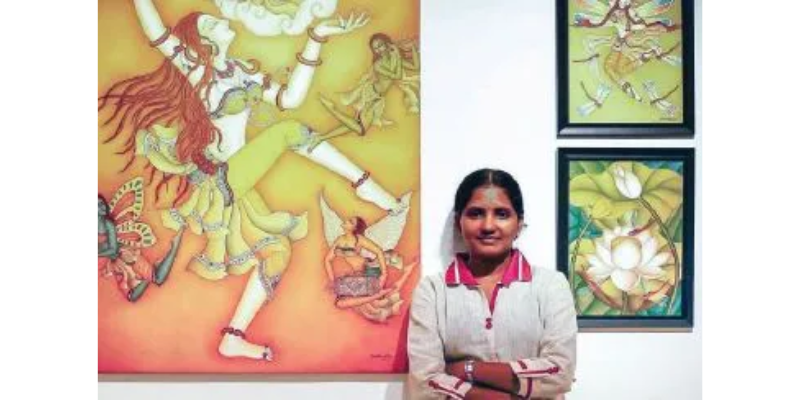Sakti Burman’s Meticulous Gaze into the Realm of Fantasy
The fantasized works by Sakti Burman take one into another realm that is beyond the illusion of imagination. His works delve deeper into the realms of mythology, delving into the very essence of reality and seeking to unravel its hidden truths. His skilful integration of European artistic qualities with Indian mythology and narratives from ancient […]
Sakti Burman’s Meticulous Gaze into the Realm of Fantasy Read More »

